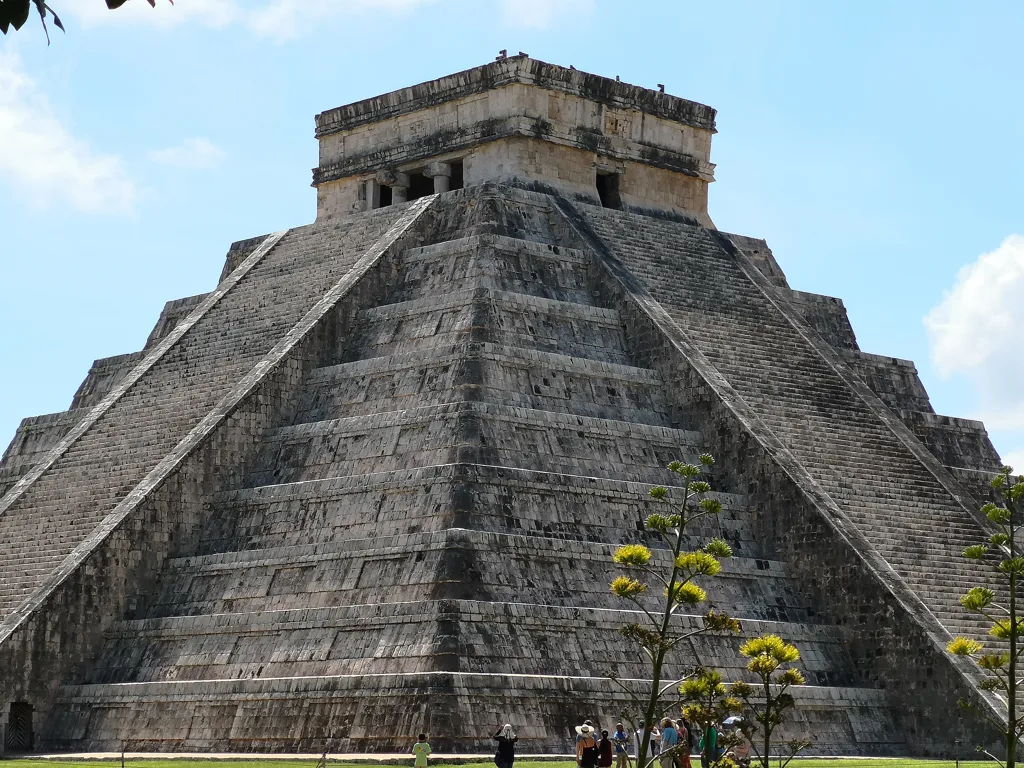
Embarking on an adventure to Chichen-Itza was a journey that transported me not just across the globe but through time itself. Nestled within the heart of Mexico’s Yucatan Peninsula, this ancient Mayan city whispers the tales of an ingenious and mysterious civilisation, its secrets etched into the very stones and pathways that have stood the test of millennia.
As I wandered through the majestic ruins, the Kukulkan Pyramid, also known as El Castillo, commanded my attention. This monumental structure, a testament to the Mayans’ astronomical precision and architectural prowess, served as a temple to the god Kukulkan and a calendar of stone. With its 365 steps, each representing a day of the solar year, I couldn’t help but marvel at the ingenuity of a civilisation that, centuries ago, had mastered the complexity of time.
The history of Chichen-Itza is a tapestry woven with the threads of innovation, spirituality, and conquest. Established around the mid-5th century AD, it became a major centre of political, economic, and religious life for the Mayan people. The city was a hub of trade, a cradle of knowledge, where astronomy, mathematics, and writing flourished. But it was also a place of mystery, where rituals and sacrifices were performed to appease the gods and ensure the continuity of life and the cycles of nature.
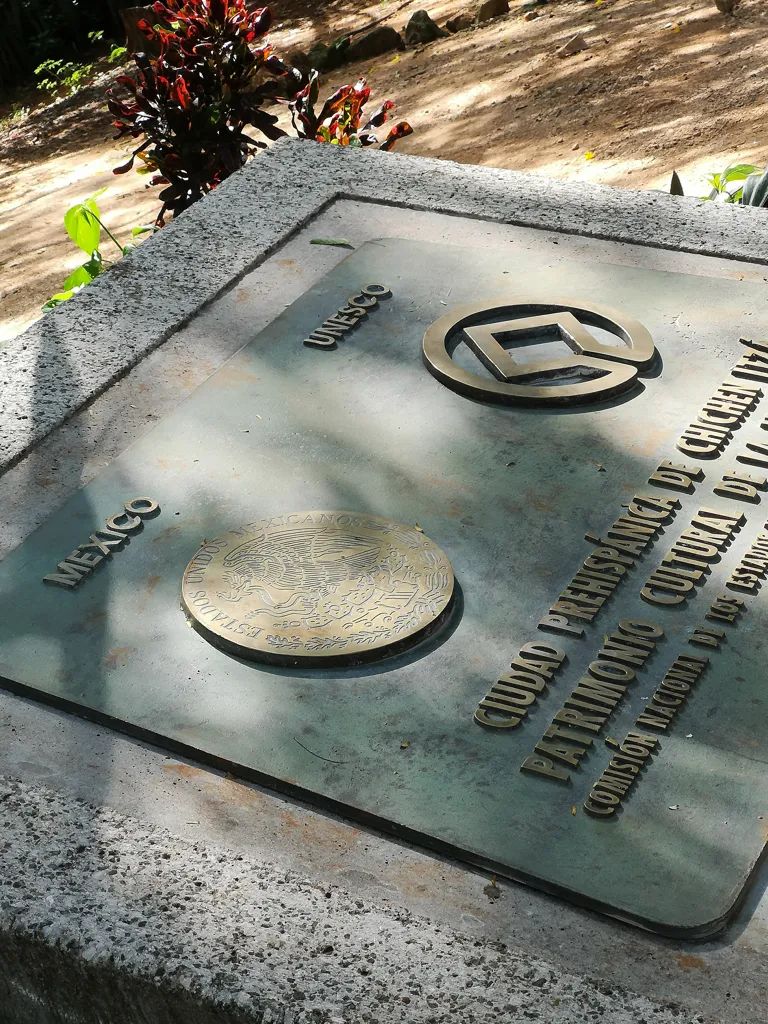 Beyond the architectural marvels, my journey took an unexpected turn towards the ethereal when I encountered the Ik Kil Cenote. Descending into the earth, where sunlight filters through the canopy to touch the clear, cool waters below, was like stepping into another realm. The cenote, a natural pit or sinkhole formed by the collapse of limestone bedrock that exposed groundwater underneath, was a sacred place for the Mayans. They believed these pools were gateways to the underworld and sources of life-giving water.
Beyond the architectural marvels, my journey took an unexpected turn towards the ethereal when I encountered the Ik Kil Cenote. Descending into the earth, where sunlight filters through the canopy to touch the clear, cool waters below, was like stepping into another realm. The cenote, a natural pit or sinkhole formed by the collapse of limestone bedrock that exposed groundwater underneath, was a sacred place for the Mayans. They believed these pools were gateways to the underworld and sources of life-giving water.
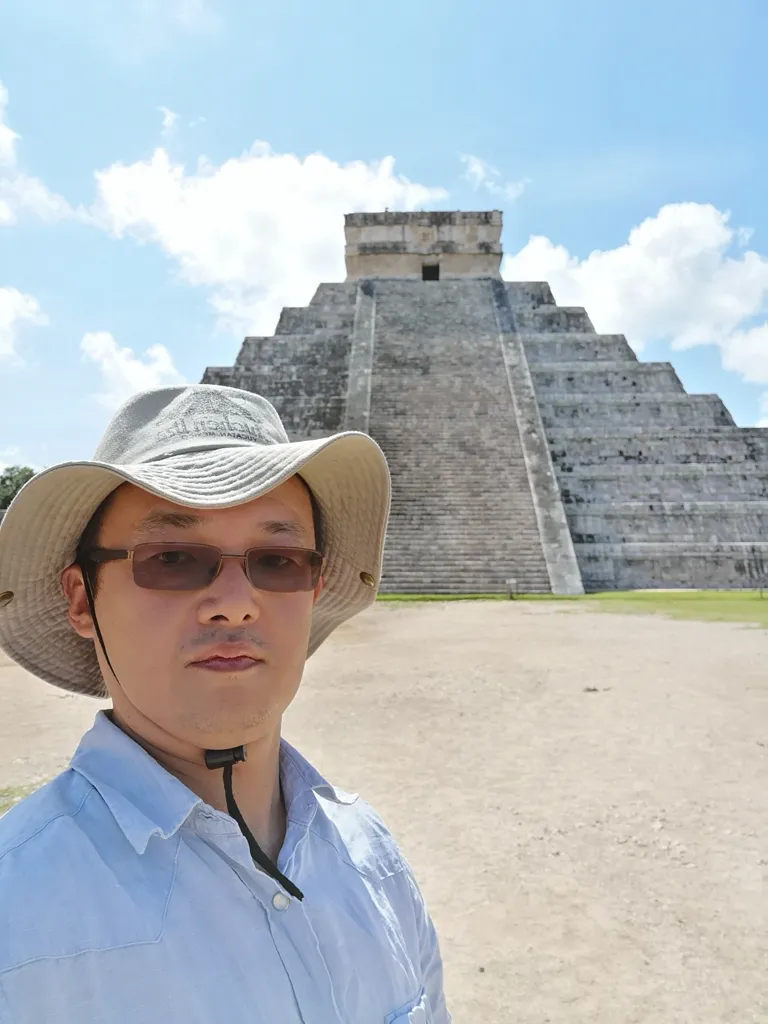
Swimming in the Ik Kil Cenote, surrounded by hanging vines and the echoes of water droplets, was an experience that transcended mere sightseeing. It was a moment of connection with the elemental forces of nature, a reminder of the fragile beauty that exists beneath our feet. The cenote’s formation, a process shaped over thousands of years by geological forces, was a testament to the power and patience of the natural world.
My visit to Chichen-Itza and the swim in the Ik Kil Cenote underground pool was more than just a trip; it was a pilgrimage into the heart of Mayan history and culture. It left me with a profound sense of awe for the accomplishments of this ancient civilisation and a deep feeling of appreciation for the natural wonders that have endured alongside human history. This journey was not just about exploring the past; it was about discovering the timeless bonds connecting us to the earth and each other.
 | 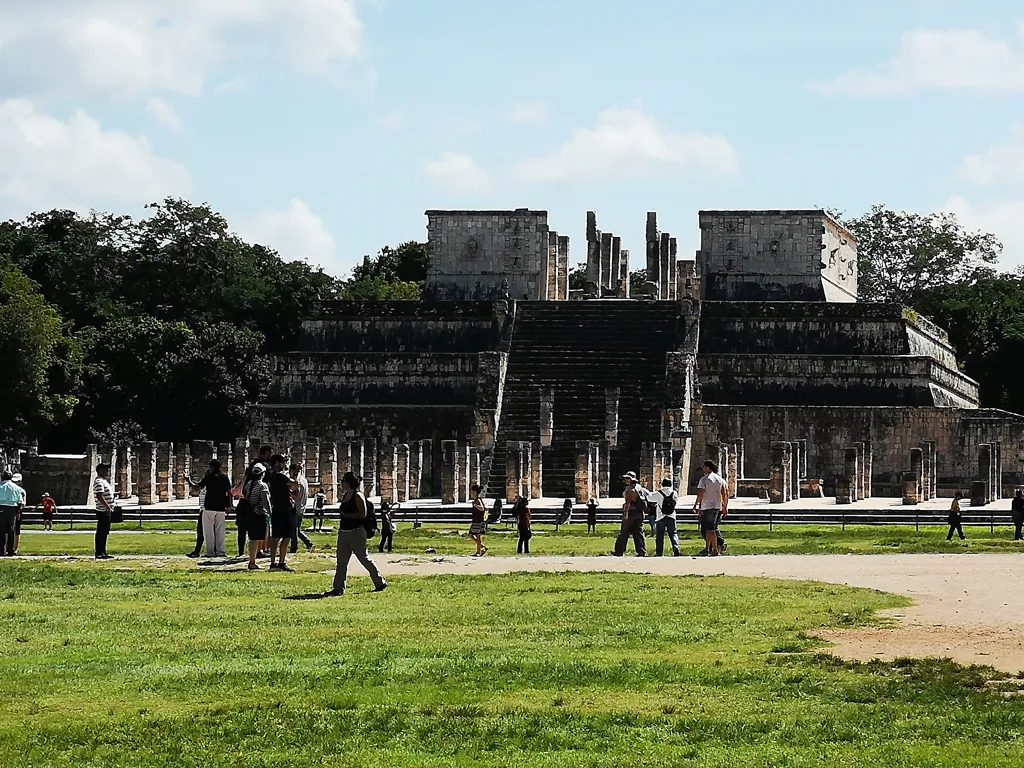 | 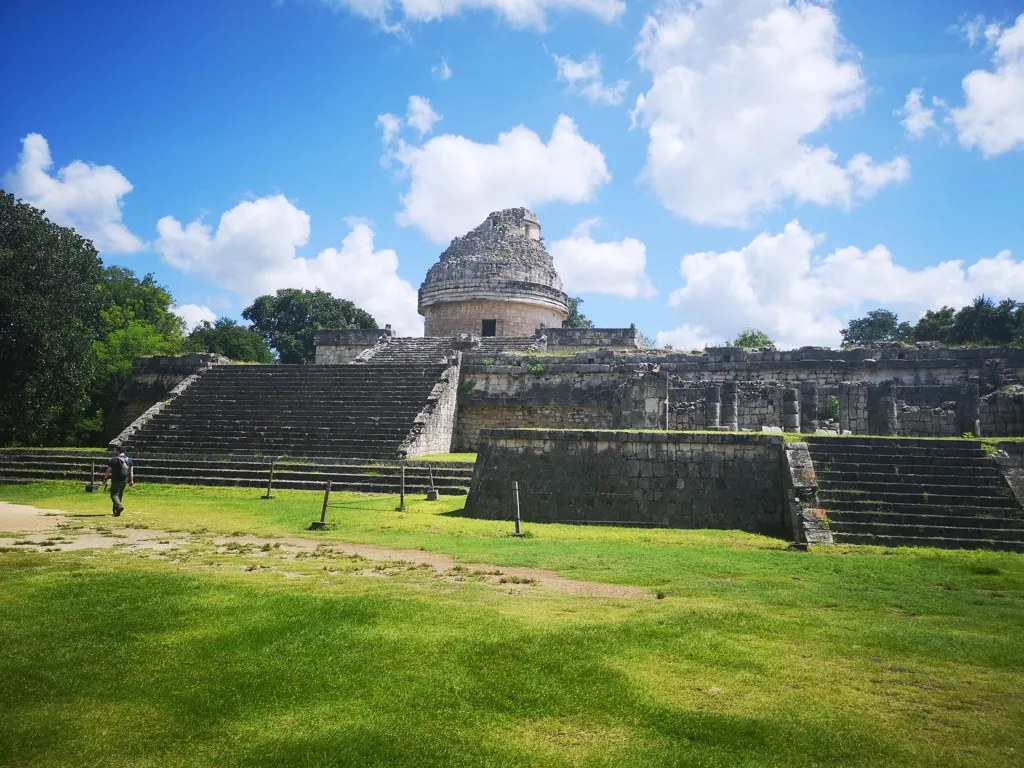 |